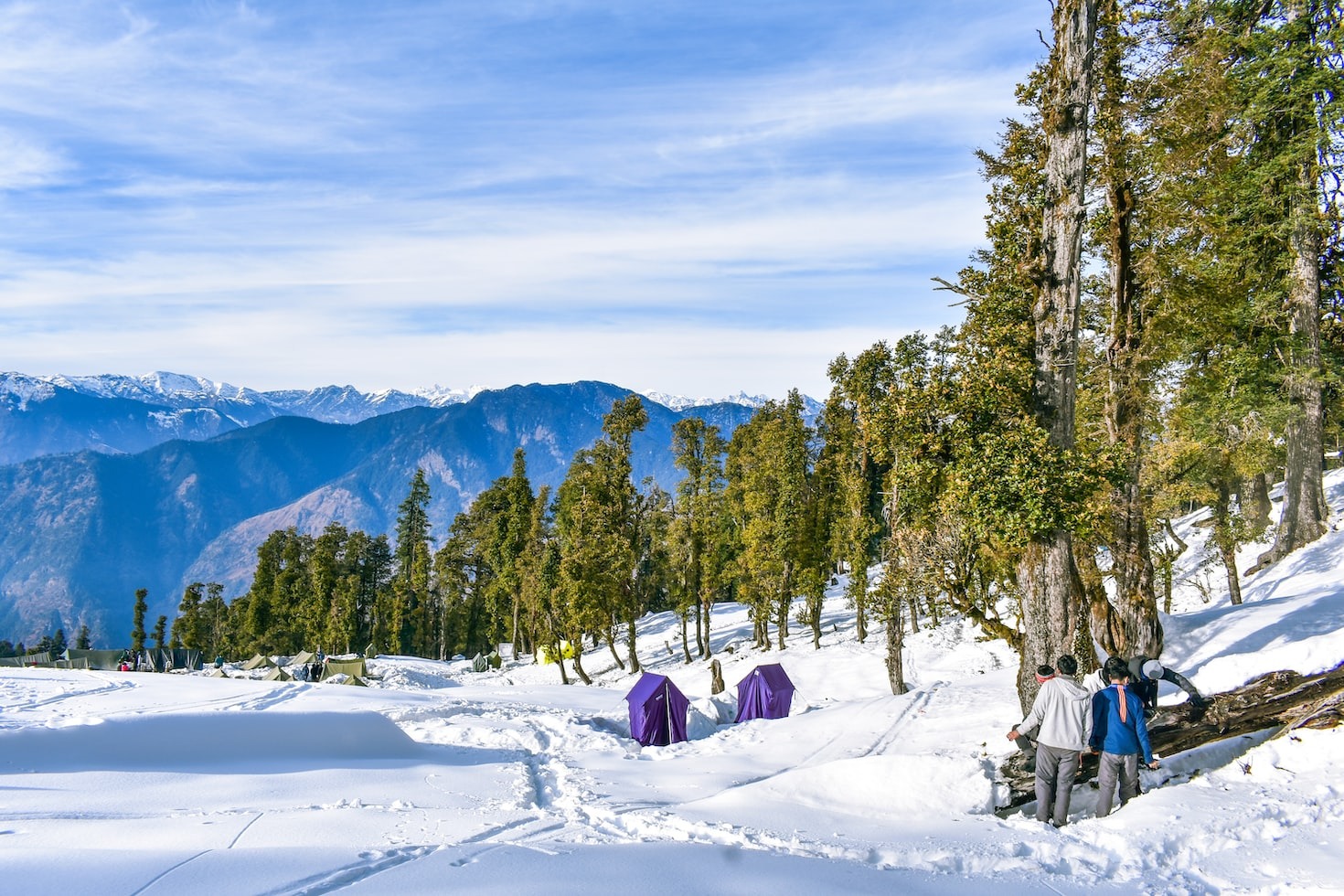What is the Kedarkantha Trek?
So, what exactly is the Kedarkantha Trek? Well, it’s a popular trekking route located in the Uttarkashi district of Uttarakhand, India. This trek takes you through dense pine forests, snowy trails, and ultimately to the stunning Kedarkantha Summit, which stands tall at 12,500 feet. The panoramic views of the Himalayan peaks from the summit are simply jaw-dropping. The trek spans around 20 kilometers and usually takes about 4 to 6 days to complete, depending on your pace and the itinerary.
Why Choose Kedarkantha Trek?
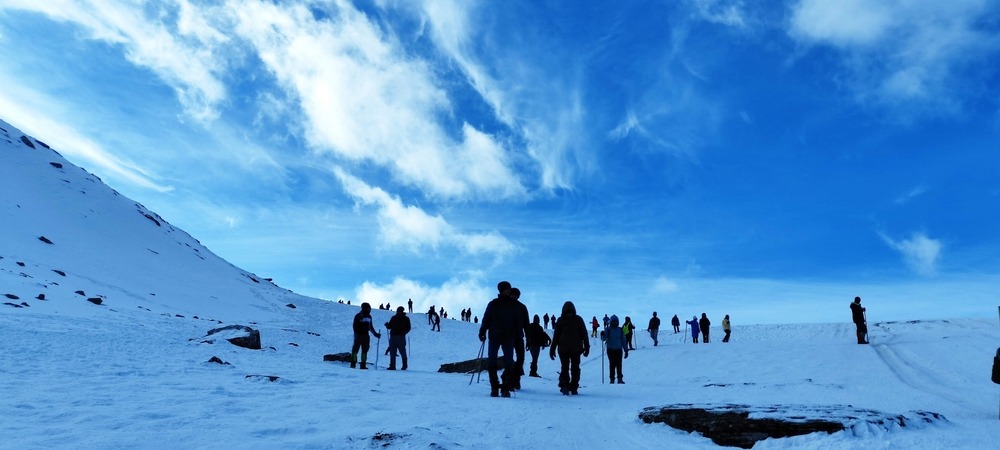
Perfect for Beginners
If you’re new to trekking, the Kedarkantha Trek is a fantastic choice. It’s moderately challenging, making it an ideal option for beginners who want to experience the thrill of trekking without feeling overwhelmed. The trails are well-defined, and the gradual ascents ensure that you can acclimatize and build your stamina as you go.
Stunning Scenery
Trust me, every step of the Kedarkantha Trek is a visual treat. From snow-capped peaks to lush green forests and pristine rivers, the scenery is incredibly diverse and breathtaking. It’s like walking through a postcard. You’ll encounter meadows blanketed in snow during winter, rhododendron blooms in spring, and vibrant greenery in summer, offering a different experience in every season.
Accessible Location
Getting to Kedarkantha is relatively easy. It’s located just 220 kilometers from Dehradun, and the road connectivity is pretty good, making it accessible for trekkers coming from various parts of the country. Dehradun’s Jolly Grant Airport and Dehradun Railway Station are the closest airport and train station, respectively. After there, you can take a bus or hire a taxi to get to Sankri, which is the trek’s base camp.
Best Time to Visit Kedarkantha Trek
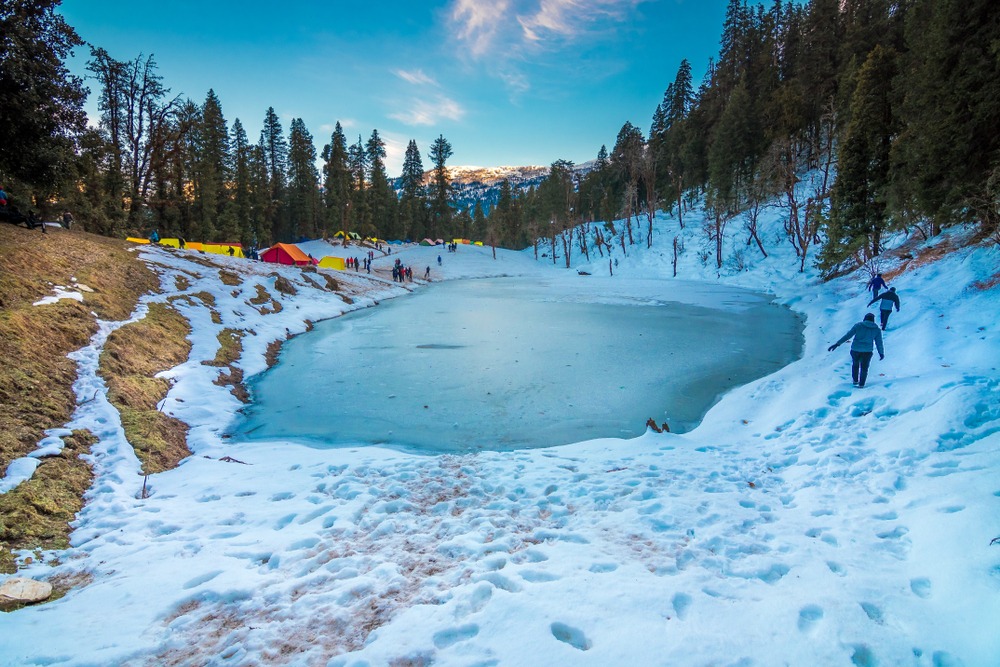
In my opinion, the winter months of December through April are the ideal times to complete the Kedarkantha Trek. This is when you get the best snow conditions, which add a magical touch to the trek. The snow-covered landscape looks like something out of a fairy tale, and the views are absolutely mesmerizing. However, if you prefer lush greenery over snow, you can also consider trekking during the summer months, from April to June, or in the autumn, from September to November, when the trails are decked with beautiful flowers and the weather is favorable.
Trekking Experience Required
Beginners Welcome
The Kedarkantha Trek is beginner-friendly, so you don’t need any prior trekking experience. The trails are well-marked, and the ascents are gradual, making it a perfect introduction to trekking. You’ll have plenty of time to acclimatize and get used to the terrain.
For the Experienced
Even if you’re an experienced trekker, you’ll find the Kedarkantha Trek rewarding. The varied terrain and stunning summit views provide enough challenge and excitement for seasoned adventurers. The trek offers a mix of dense forests, open meadows, and steep ascents that will keep you engaged throughout the journey.
Physical Fitness and Preparation
Fitness Level
You don’t need to be a marathon runner to complete the Kedarkantha Trek, but a basic level of fitness is essential. Regular walking, jogging, or light workouts can help you build the stamina needed for the trek. It’s important to start your fitness routine at least a month before the trek to ensure your body is well-prepared for the physical exertion.
Preparation Tips
- Cardio Exercises: Include activities like running, swimming, or cycling in your routine to boost your endurance. Aim for at least 30 minutes of cardio exercises, 3-4 times a week.
- Strength Training: Focus on exercises that strengthen your legs and core. Squats, lunges, and planks are great for building muscle strength.
- Practice Hikes: Go on local hikes to get used to walking on uneven terrain. This will help you acclimate to the conditions you’ll face on the trek.
Packing Essentials
Clothing
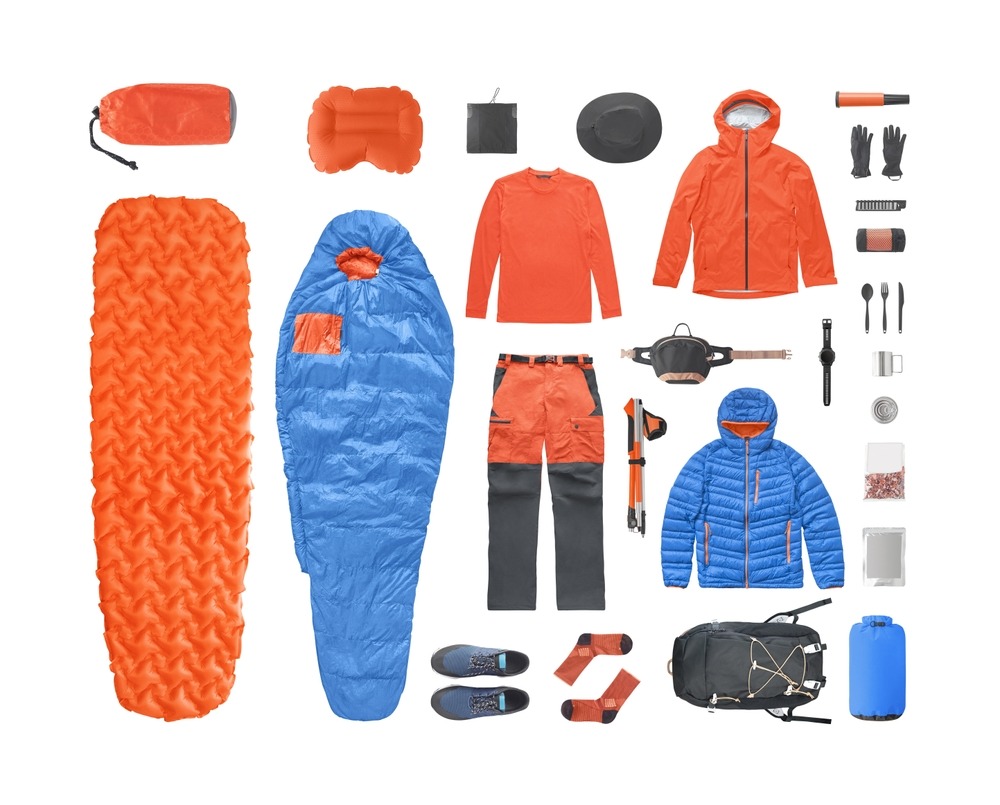
- Layered Clothing: This helps you adapt to the changing weather conditions. Start with a moisture-wicking base layer, add an insulating layer, and top it off with a waterproof outer layer.
- Insulated Jacket: Essential for the cold nights. A down jacket is a wise investment.
- Trekking Pants: Comfortable and quick-drying pants are a must. Convertible pants that can be turned into shorts are a good option.
Gear
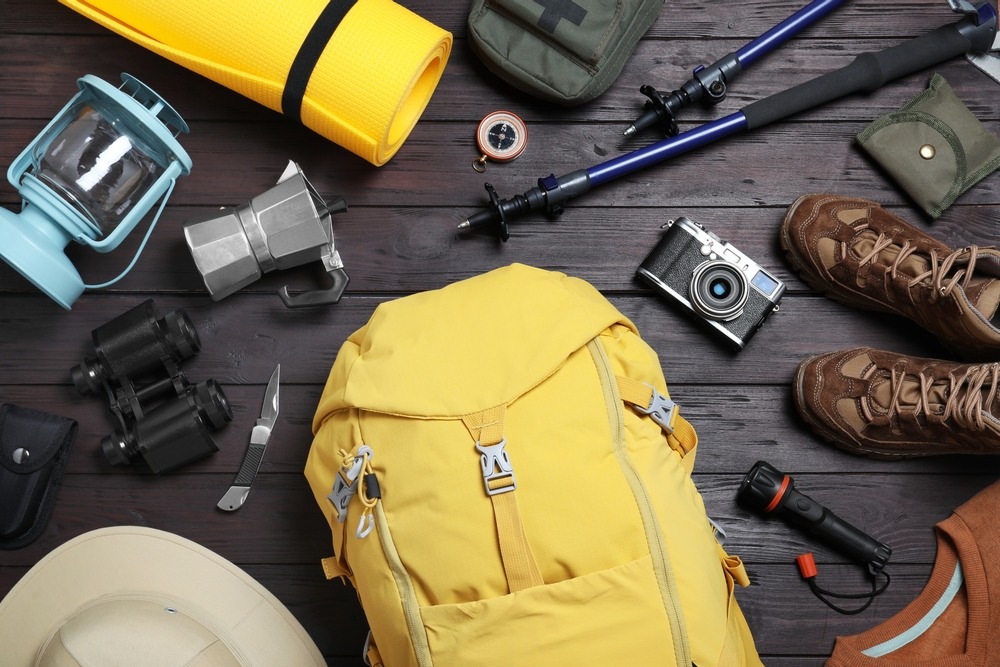
- Trekking Poles: These lessen the pressure on your knees and offer improved stability over uneven terrain.
- Backpack: A sturdy and comfortable backpack is crucial. Look for one with a capacity of 40-50 liters.
- Sleeping Bag: Make sure it’s suitable for cold weather. A sleeping bag with a temperature rating of -10°C to -15°C is recommended.
Miscellaneous
- First Aid Kit: Include basic medications, bandages, antiseptic wipes, and any personal medications.
- Water Bottle: Staying hydrated is key. Keep a hydration pack or reusable water bottle with you.
- Snacks: Pack energy bars, nuts, and dried fruits for quick energy boosts. Also, consider carrying some electrolyte powders to stay hydrated.
Scenic Highlights
Juda Ka Talab
One of the most serene spots on the trek, Juda Ka Talab is a beautiful lake surrounded by pine trees. It’s a perfect place for reflection and photography. Legend has it that the lake was formed when Lord Shiva opened a small lock of his hair. The stillness of the lake, especially when it’s partially frozen in winter, is a sight to behold.
Kedarkantha Summit
Reaching the Kedarkantha Summit is the highlight of the trek. The panoramic vista of the neighboring peaks, encompassing Swargarohini, Black Peak, and Bandarpoonch, is an experience that will never be forgotten. The feeling of standing at the summit, with the world spread out below you, is one of triumph and awe.
Dense Forests
Walking through the dense pine and oak forests feels like stepping into a fairytale. The silence and beauty of the forest are enchanting. You’ll hear the rustling of leaves, the chirping of birds, and the occasional call of wildlife, creating a symphony of nature.
Wildlife and Flora
Unique Flora
The Kedarkantha region is home to a variety of unique flora, including rhododendrons, pine, and oak trees. The diversity of plant life adds to the trek’s charm. During spring, the rhododendron flowers bloom in vibrant reds and pinks, adding a splash of color to the green landscape.
Wildlife Encounters
While wildlife sightings are rare, you might spot animals like the Himalayan Monal, wild boars, and various species of deer during your trek. The Himalayan Monal, with its iridescent plumage, is the state bird of Uttarakhand and a delightful sight for bird watchers.
Photographic Opportunities
For nature photographers, the Kedarkantha Trek is a paradise. From the snow-clad peaks and lush forests to the vibrant sunsets and clear night skies, every moment is a photographic opportunity. Don’t forget to capture the night sky, especially if you are trekking during winter. The clear, pollution-free skies offer a spectacular view of the stars.
Safety Tips
Stay Hydrated
At high altitudes, staying hydrated is crucial to prevent altitude sickness. Avoid alcohol and coffee as these can dehydrate you, and drink lots of water instead.
Acclimatize Properly
Take your time to acclimatize to the altitude. Don’t rush the ascent and listen to your body. If you feel symptoms of altitude sickness, such as headache, nausea, or dizziness, inform your guide and descend to a lower altitude if necessary.
Follow Your Guide
If you’re trekking with a guide, follow their advice and instructions carefully for a safe and enjoyable experience. They are experienced and know the terrain well, so trust their judgment.
Trekking with a Guide vs. Solo
With a Guide
Trekking with a guide can enhance your experience. They provide valuable insights, ensure your safety, and help you navigate the trails. Guides can also share interesting stories and local folklore, adding a cultural dimension to your trek.
Solo Trekking
For seasoned trekkers, solo trekking can be a liberating experience. However, it requires thorough preparation and self-sufficiency. Make sure you are well-versed with the route, carry a detailed map, and inform someone about your itinerary.
Accommodation and Food
Camping
Most of the accommodations on the Kedarkantha Trek are in tents. These campsites are usually set up at scenic spots, adding to the adventure. The campsites at Juda Ka Talab and Kedarkantha Base are particularly beautiful, offering stunning views of the surroundings.
Food
Expect simple yet nutritious meals. Common dishes include dal, rice, chapati, and vegetables. Carry some of your favorite snacks for energy boosts. The food is usually vegetarian, keeping in line with the local customs and traditions.
Cultural Encounters
Local Villages
The trek passes through charming local villages where you can interact with the residents and learn about their way of life. Villages like Sankri and Kotgaon offer a glimpse into the traditional lifestyle of the people living in the Himalayas.
Festivals
If you’re lucky, you might witness local festivals and celebrations, adding a cultural dimension to your trekking experience. Festivals like Basant Panchami and Diwali are celebrated with great enthusiasm in the region, and participating in these festivities can be a memorable experience.
Environmental Responsibility
Leave No Trace
As trekkers, it’s our responsibility to protect the pristine environment of the Himalayas. Follow the Leave No Trace principles: carry out all your trash, avoid damaging plants and wildlife, and respect the local culture.
Eco-Friendly Practices
Use eco-friendly items and reduce your plastic consumption. An excellent substitute for single-use plastics are reusable water bottles. If you can, take part in local cleanup campaigns.
Conclusion
Adventure and wildlife lovers should not miss the Kedarkantha Trek. Whether you’re a beginner looking for your first trek or an experienced trekker seeking a new challenge, Kedarkantha offers something for everyone. The stunning scenery, rich flora and fauna, and the sense of accomplishment you feel at the summit make it a truly unforgettable experience. So prepare for this amazing journey by packing your luggage and putting on your boots!
FAQs
- What is the best time to do the Kedarkantha Trek?
For the finest snow conditions, December through April is the ideal time to complete the Kedarkantha Trek.
- Is the Kedarkantha Trek suitable for beginners?
Yes, the Kedarkantha Trek is beginner-friendly and does not require prior trekking experience.
- What should I pack for the Kedarkantha Trek?
Pack layered clothing, a good backpack, trekking poles, a sleeping bag, and essentials like a first aid kit, water bottle, and snacks.
- Can I trek to Kedarkantha solo?
Yes, experienced trekkers can trek solo, but it’s recommended to go with a guide for a safer experience.
- How do I prepare for the Kedarkantha Trek?
Prepare by doing cardio exercises, strength training, and practice hikes to build your stamina and strength.
